Home>Gardening & Outdoor>Landscaping Ideas>How To Plant Bahia Grass
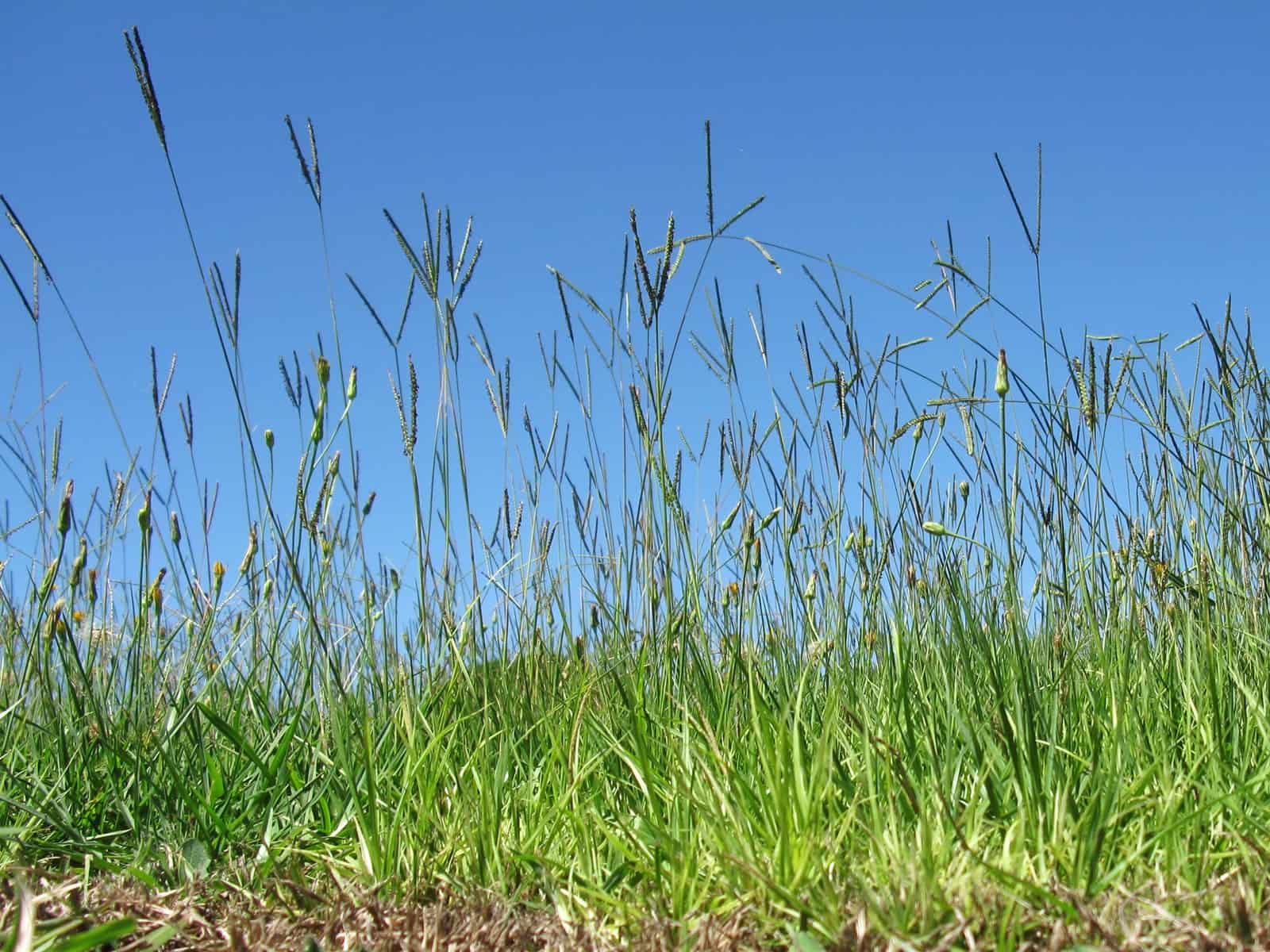

Landscaping Ideas
How To Plant Bahia Grass
Modified: March 28, 2024
Learn how to plant Bahia grass with our expert landscaping ideas. Discover the best techniques for a lush, green lawn. Start your project today!
(Many of the links in this article redirect to a specific reviewed product. Your purchase of these products through affiliate links helps to generate commission for Storables.com, at no extra cost. Learn more)
Introduction
Welcome to the wonderful world of Bahia grass! If you’re looking to transform your outdoor space into a lush, vibrant oasis, Bahia grass is an excellent choice. This hardy, low-maintenance grass variety is well-suited to warm climates and can thrive in a range of soil types, making it a popular option for lawns, parks, and recreational areas.
In this comprehensive guide, we’ll walk you through the process of planting Bahia grass, from selecting the ideal location to caring for your new lawn. Whether you’re a seasoned gardener or a first-time homeowner with a green thumb, you’ll find valuable insights and practical tips to help you achieve a thriving Bahia grass lawn that will be the envy of your neighborhood.
Key Takeaways:
- Choose a sunny, well-drained spot for Bahia grass. Clear debris, test soil pH, and add organic matter for optimal growth. Careful planning sets the stage for a thriving lawn.
- Whether seeding or sodding, consistent watering and proper maintenance are key to a lush Bahia grass lawn. Follow mowing and fertilization guidelines for long-term resilience and beauty.
Read more: When To Plant Bahia Grass
Choosing the Right Location
Before diving into the exciting process of planting Bahia grass, it’s essential to carefully consider the location where you intend to establish your new lawn. Bahia grass flourishes in full sunlight, so it’s crucial to select an area that receives ample sunshine throughout the day. Ideally, aim for a spot with at least 6 to 8 hours of direct sunlight to ensure optimal growth and vibrancy.
Additionally, take note of the drainage patterns in your yard. Bahia grass prefers well-drained soil and can struggle in areas prone to standing water. Therefore, it’s advisable to avoid low-lying or poorly drained areas when choosing the location for your Bahia grass lawn.
Furthermore, assess the size of the area you plan to cover with Bahia grass. Whether you’re revitalizing an existing lawn or starting from scratch, it’s important to have a clear understanding of the dimensions and shape of the space. This will help you determine the quantity of Bahia grass seeds or sod needed to achieve comprehensive coverage.
By carefully evaluating these factors, you can set the stage for a successful Bahia grass lawn that will thrive in its chosen environment.
Preparing the Soil
Creating an optimal foundation for your Bahia grass lawn begins with preparing the soil. Start by clearing the designated area of any debris, such as rocks, branches, and weeds. This initial step sets the stage for a clean, even surface that promotes healthy grass growth.
Once the area is clear, it’s time to assess the soil’s composition. Bahia grass thrives in soil with a slightly acidic to neutral pH level, typically ranging from 5.5 to 7.0. Conduct a soil test to determine the pH level and make any necessary adjustments to ensure it falls within the ideal range for Bahia grass.
Next, consider aerating the soil to improve its structure and promote better root development. This can be achieved using a garden fork or mechanical aerator, which helps alleviate compaction and allows air, water, and nutrients to penetrate the soil more effectively.
Adding organic matter, such as compost or well-rotted manure, to the soil can also enhance its fertility and texture. Incorporating organic amendments enriches the soil with essential nutrients and encourages beneficial microbial activity, laying the groundwork for robust Bahia grass growth.
Finally, consider applying a high-quality starter fertilizer specifically formulated for establishing new lawns. This can provide the young Bahia grass with essential nutrients to support its initial growth and development.
By taking these preparatory steps, you’ll create an inviting environment for Bahia grass to take root and thrive, setting the stage for a lush and resilient lawn.
When planting Bahia grass, make sure to prepare the soil by removing any debris and tilling it to a depth of 4-6 inches. Then, spread the Bahia grass seeds evenly and lightly cover them with soil. Keep the soil moist until the seeds germinate.
Planting Bahia Grass
With the soil primed and ready, it’s time to embark on the exciting process of planting Bahia grass. There are two primary methods for establishing Bahia grass: seeding and sodding. Each approach offers distinct advantages, allowing you to choose the method that best suits your preferences and the specific needs of your lawn.
Seeding:
Seeding Bahia grass is a cost-effective and efficient way to establish a new lawn or revitalize an existing one. Begin by evenly distributing Bahia grass seeds over the prepared soil, using a seed spreader for consistent coverage. After broadcasting the seeds, lightly rake the soil to ensure good seed-to-soil contact, which is essential for germination.
Water the seeded area thoroughly and keep the soil consistently moist during the germination period, typically around 7 to 21 days. As the seedlings emerge and mature, gradually reduce the frequency of watering while allowing the grass to establish its root system.
Sodding:
If you prefer a more immediate transformation, sodding offers the advantage of instant gratification. Bahia grass sod, comprised of mature grass and its underlying soil, can be laid directly onto prepared ground, providing an instant lawn that requires minimal time for establishment.
When laying Bahia grass sod, ensure that the edges are tightly joined to eliminate gaps and promote seamless integration. Water the newly laid sod thoroughly to encourage root establishment and maintain consistent moisture levels during the initial weeks of growth.
Whether you opt for seeding or sodding, it’s important to follow a regular watering schedule to support the young Bahia grass as it takes root and establishes itself. Additionally, consider applying a high-phosphorus starter fertilizer to provide the newly planted grass with essential nutrients for vigorous growth.
By carefully tending to the planting process, you’ll be well on your way to enjoying a vibrant and resilient Bahia grass lawn that enhances the beauty of your outdoor space.
Caring for Bahia Grass
Once your Bahia grass has taken root and begun to flourish, it’s essential to provide ongoing care to maintain its health and vibrancy. Proper maintenance practices will ensure that your Bahia grass lawn remains resilient, lush, and visually appealing throughout the year.
Watering:
Establishing a consistent watering routine is crucial for Bahia grass, particularly during periods of limited rainfall. While Bahia grass is known for its drought tolerance, regular watering is essential for promoting healthy growth and preventing the grass from entering dormancy. Water deeply and infrequently, aiming for approximately 1 to 1.5 inches of water per week, either through rainfall or irrigation.
Mowing:
When it comes to mowing Bahia grass, it’s important to adhere to the recommended mowing height of 3 to 4 inches. Maintaining this height promotes strong root development, enhances drought tolerance, and helps suppress weed growth. Additionally, be mindful of not removing more than one-third of the grass blade’s length during each mowing session to prevent stress and promote optimal regrowth.
Fertilization:
Regular fertilization is key to sustaining the health and vigor of Bahia grass. Consider applying a balanced, slow-release fertilizer in early spring to support the grass’s growth and overall vitality. Avoid over-fertilizing, as this can lead to excessive foliage growth and may compromise the grass’s resilience.
Weed Control:
To keep your Bahia grass lawn free from invasive weeds, consider implementing proactive weed control measures. Regularly inspect the lawn for any signs of weeds and promptly address any emerging issues to prevent them from overtaking the grass. Selective herbicides designed for use on Bahia grass can effectively target weeds while preserving the health of the grass.
Aeration and Dethatching:
Periodic aeration and dethatching can significantly benefit Bahia grass lawns by improving soil aeration, enhancing water and nutrient absorption, and reducing thatch buildup. Consider aerating the lawn once a year, particularly in compacted areas, to promote optimal grass health and vitality.
By implementing these essential care practices, you’ll be well-equipped to nurture a thriving Bahia grass lawn that serves as a stunning centerpiece of your outdoor landscape.
Read more: How To Kill Bahia Grass
Conclusion
Embarking on the journey of planting and caring for Bahia grass is a rewarding endeavor that can yield a vibrant, resilient lawn that enhances the beauty of your outdoor space. By carefully selecting the right location, preparing the soil, and tending to the planting process, you lay the groundwork for a flourishing Bahia grass lawn that will be the envy of your neighborhood.
As your Bahia grass takes root and begins to thrive, ongoing care is essential to maintain its health and vibrancy. From establishing a consistent watering routine to adhering to proper mowing practices and implementing proactive weed control, nurturing your Bahia grass lawn will ensure its long-term resilience and visual appeal.
With its exceptional drought tolerance and low-maintenance nature, Bahia grass stands as a resilient and attractive choice for lawns, parks, and recreational areas. Its ability to thrive in warm climates and diverse soil conditions makes it a versatile option for homeowners and landscaping enthusiasts seeking a lush, enduring lawn solution.
As you immerse yourself in the art of cultivating Bahia grass, you’ll witness the transformation of your outdoor space into a verdant oasis that invites relaxation and enjoyment. Whether you’re a seasoned gardener or a newcomer to the world of landscaping, the process of planting and caring for Bahia grass offers a fulfilling journey that culminates in a stunning, sustainable lawn that enriches your outdoor lifestyle.
So, roll up your sleeves, embrace the joy of nurturing nature, and revel in the beauty of your flourishing Bahia grass lawn, a testament to your dedication and the timeless allure of the natural world.
Frequently Asked Questions about How To Plant Bahia Grass
Was this page helpful?
At Storables.com, we guarantee accurate and reliable information. Our content, validated by Expert Board Contributors, is crafted following stringent Editorial Policies. We're committed to providing you with well-researched, expert-backed insights for all your informational needs.
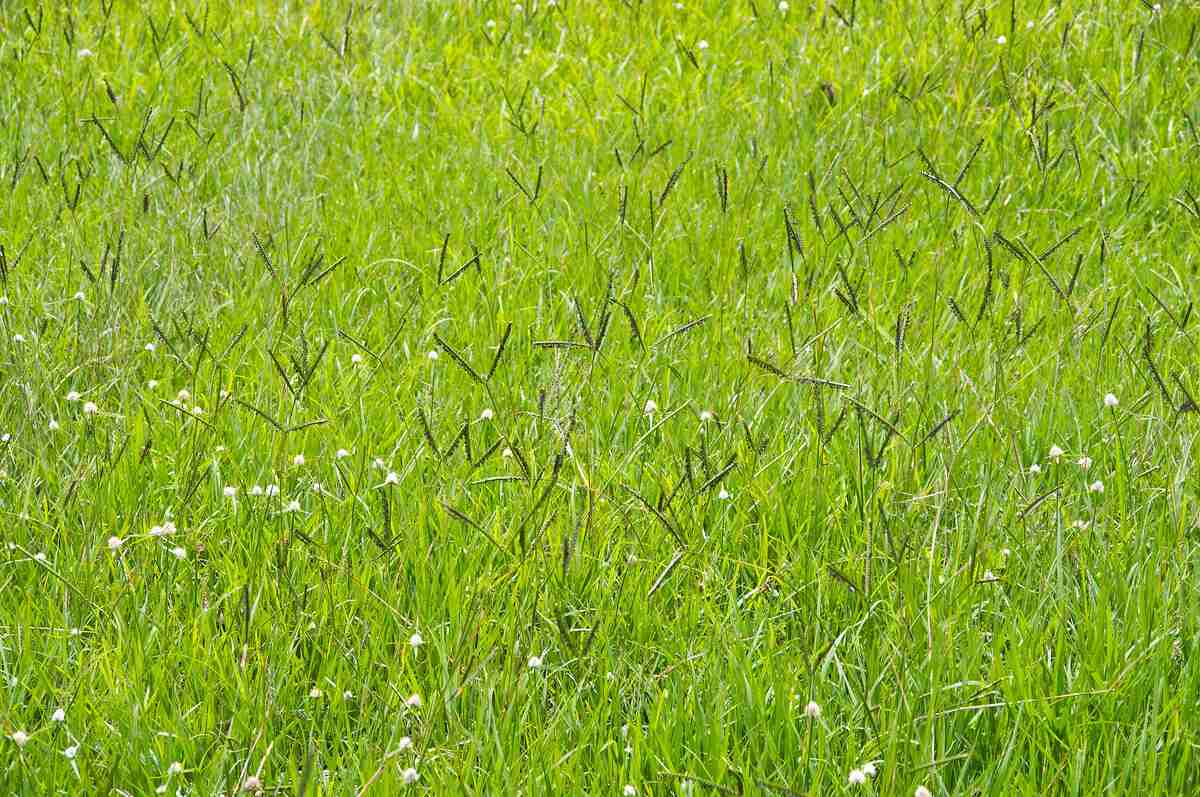

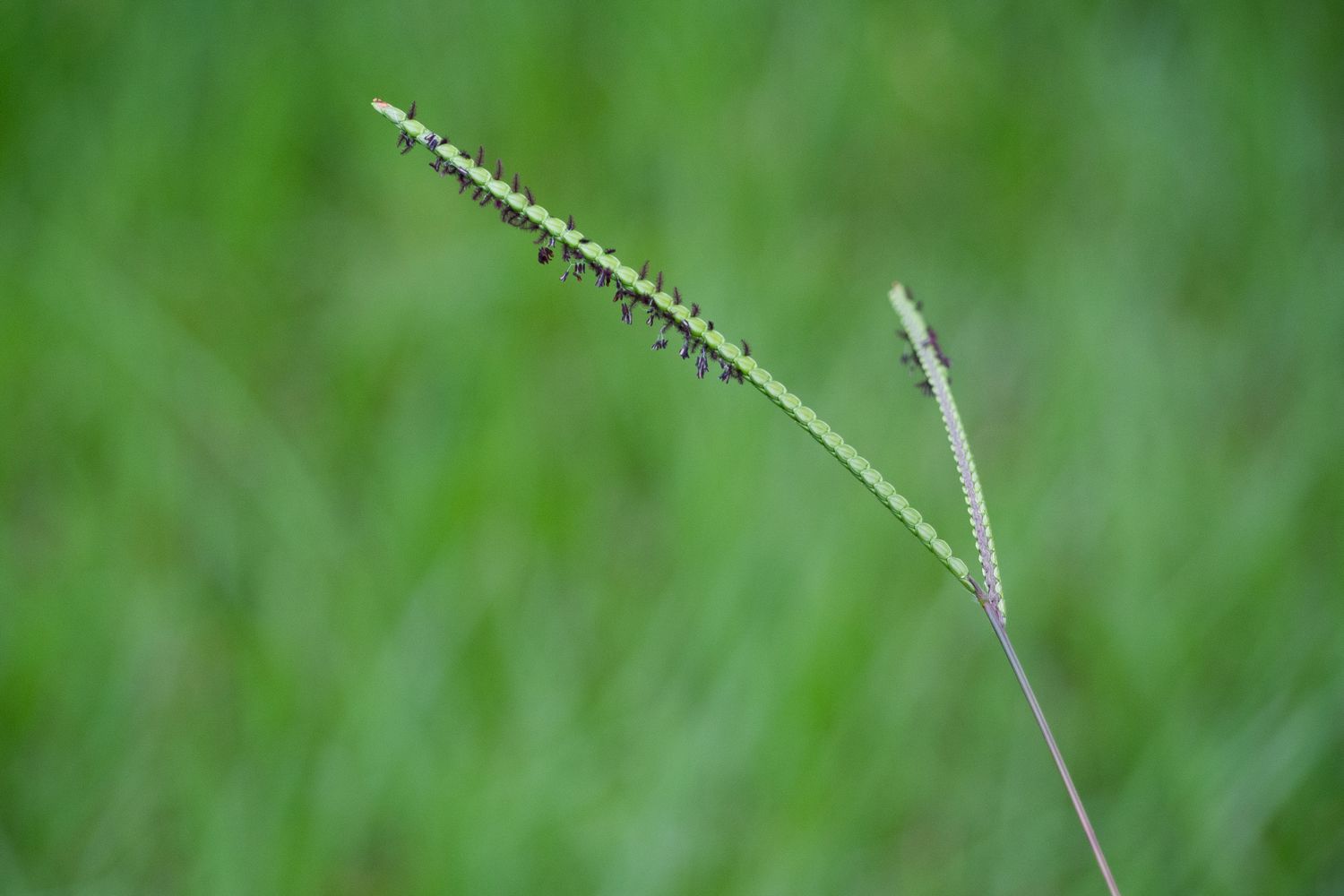
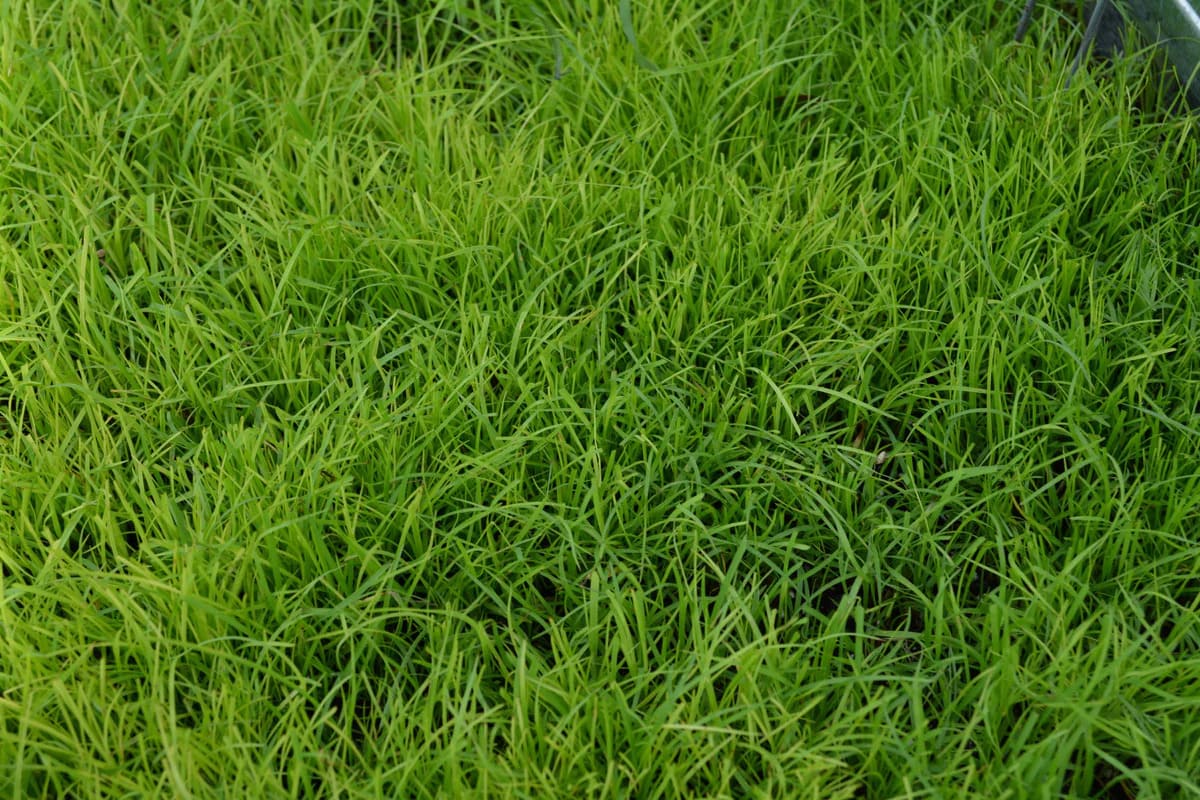
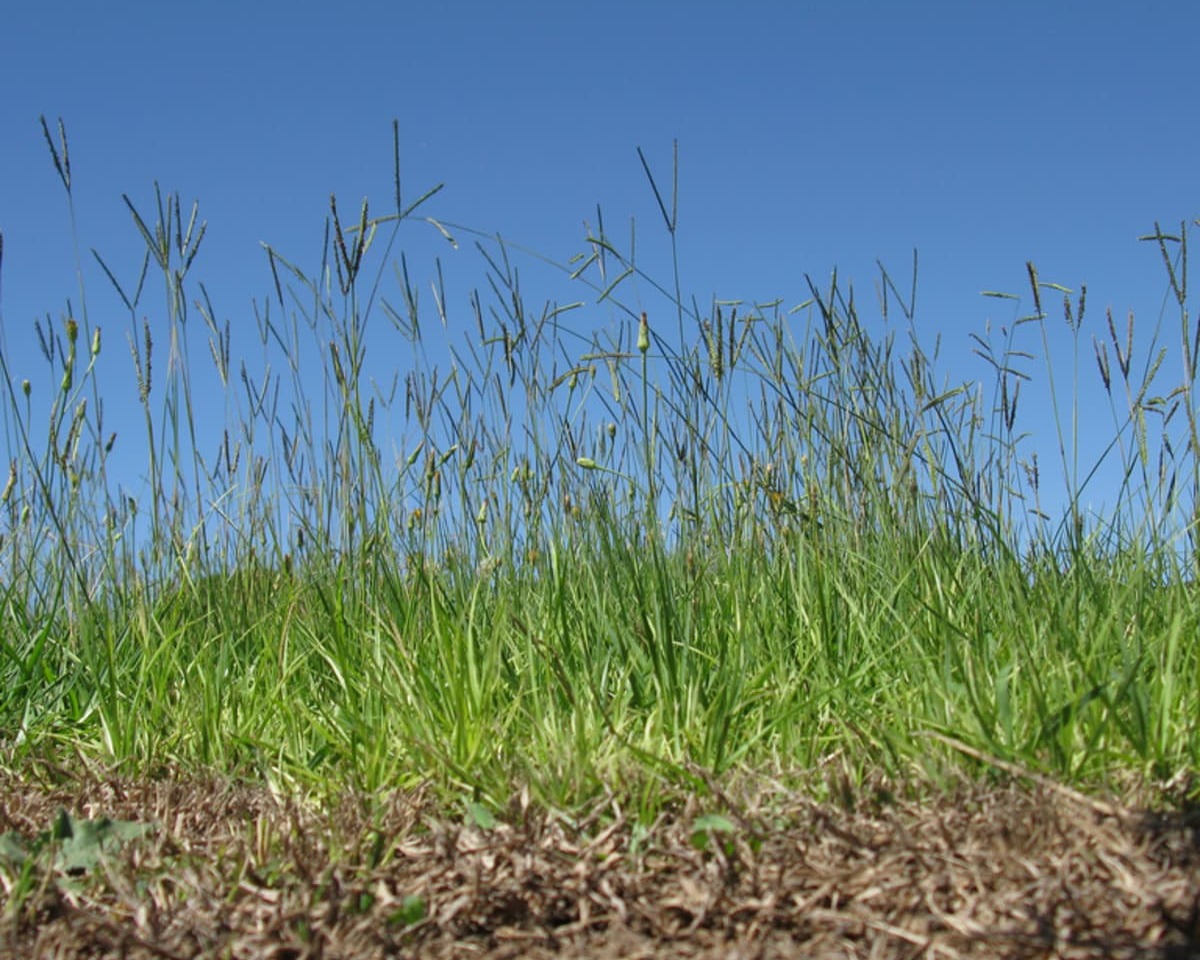
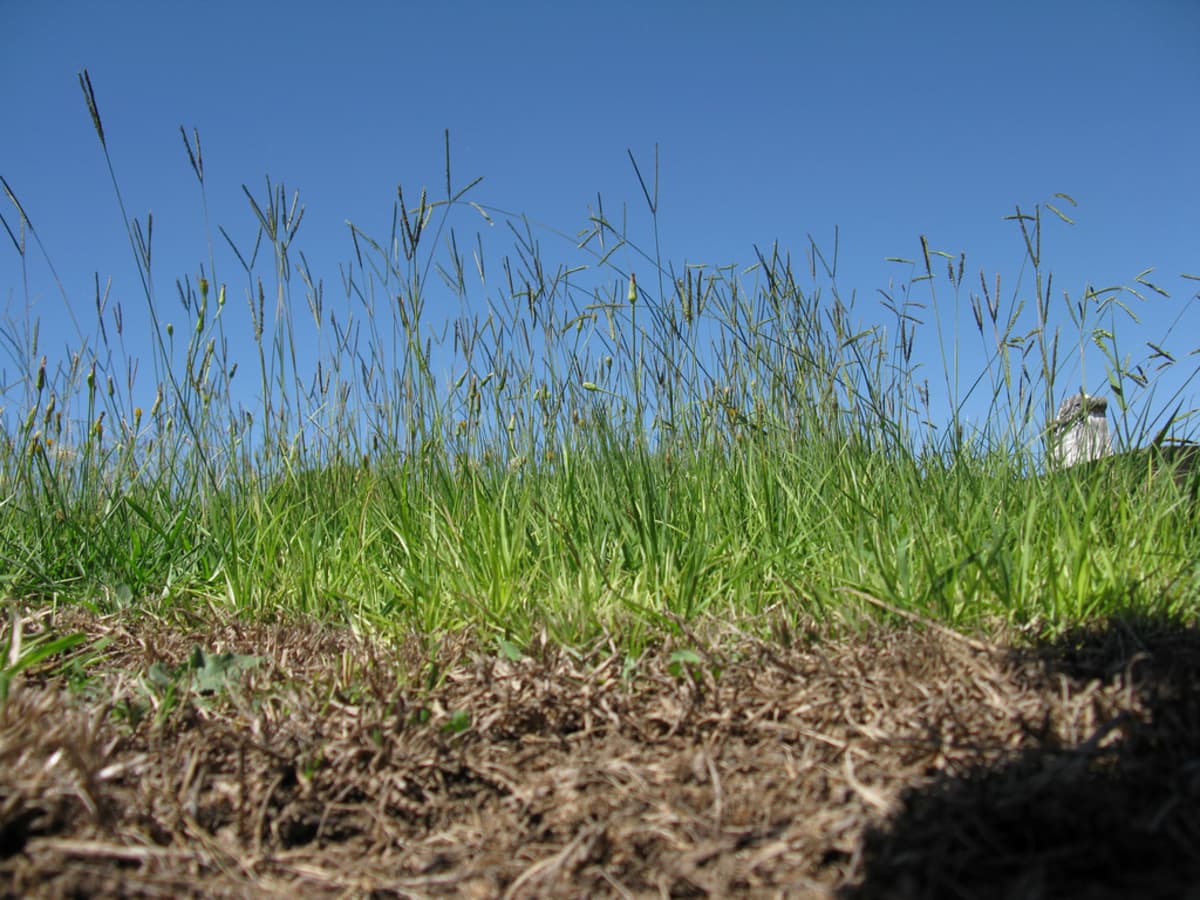
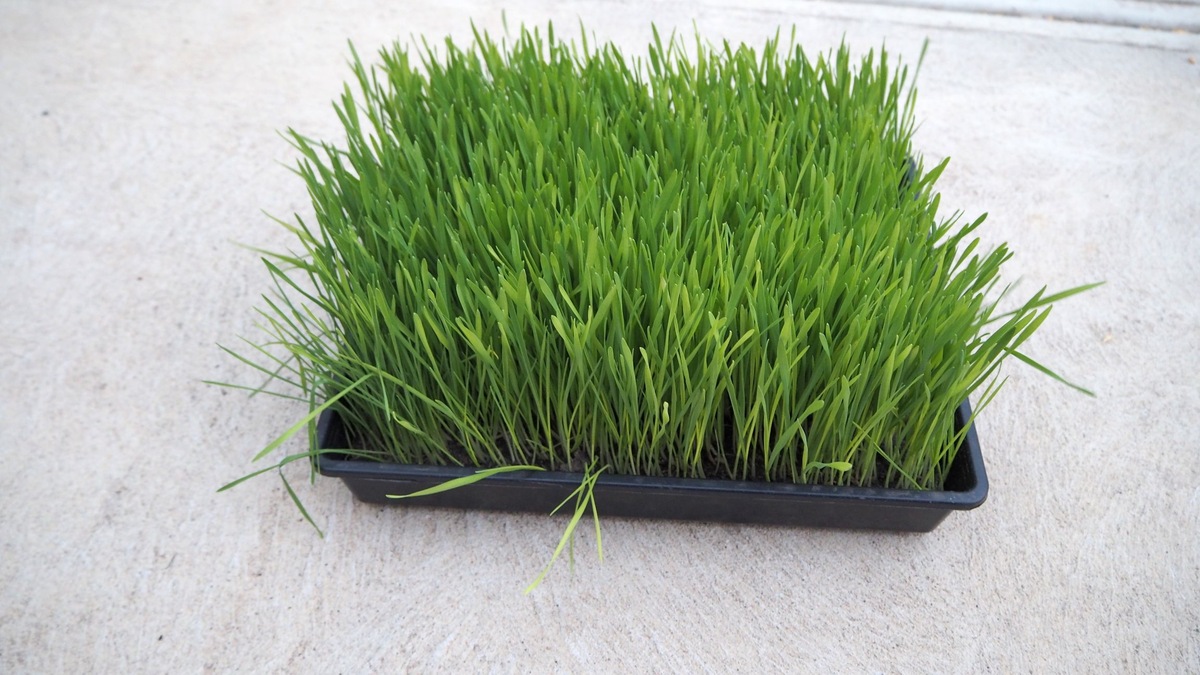
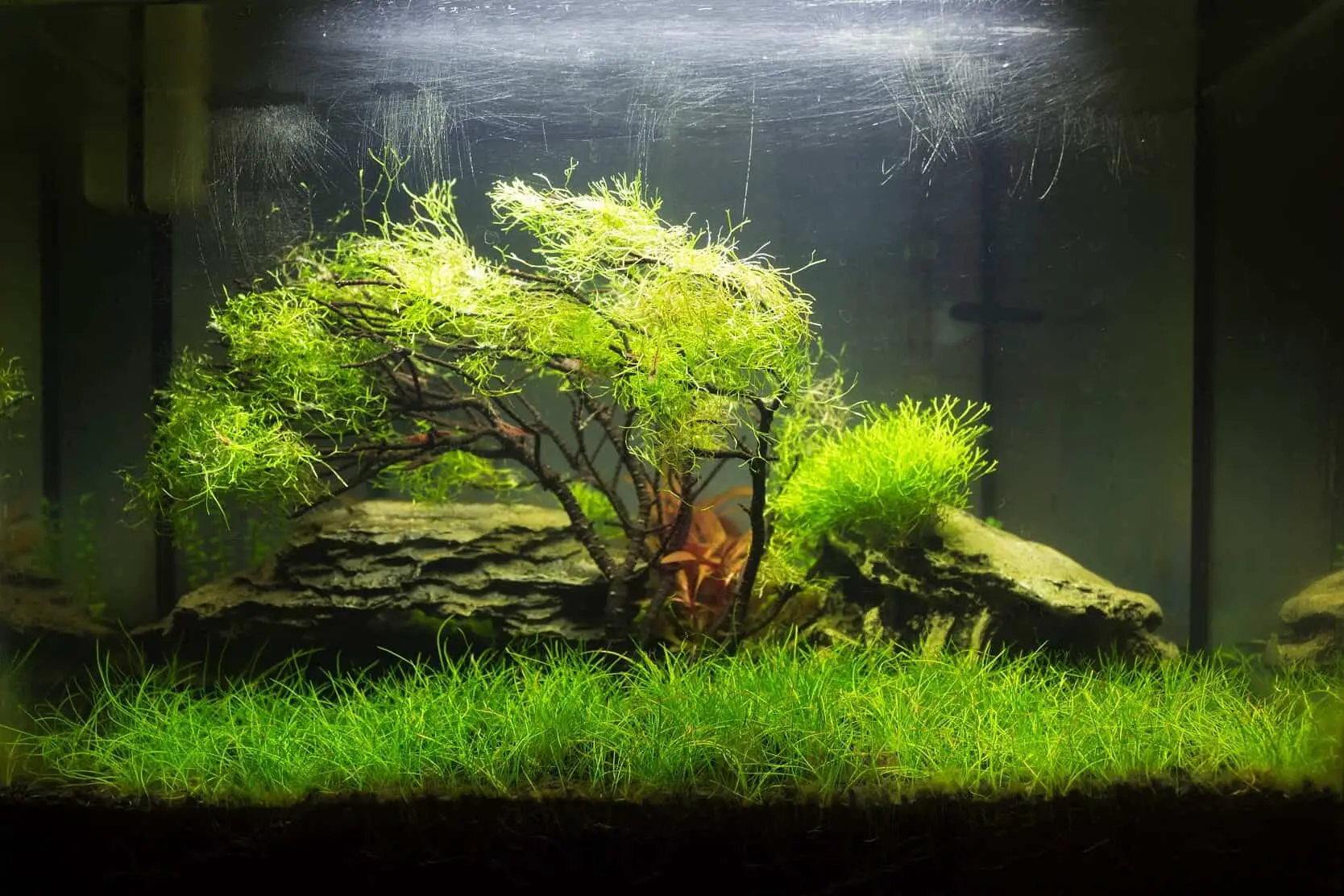
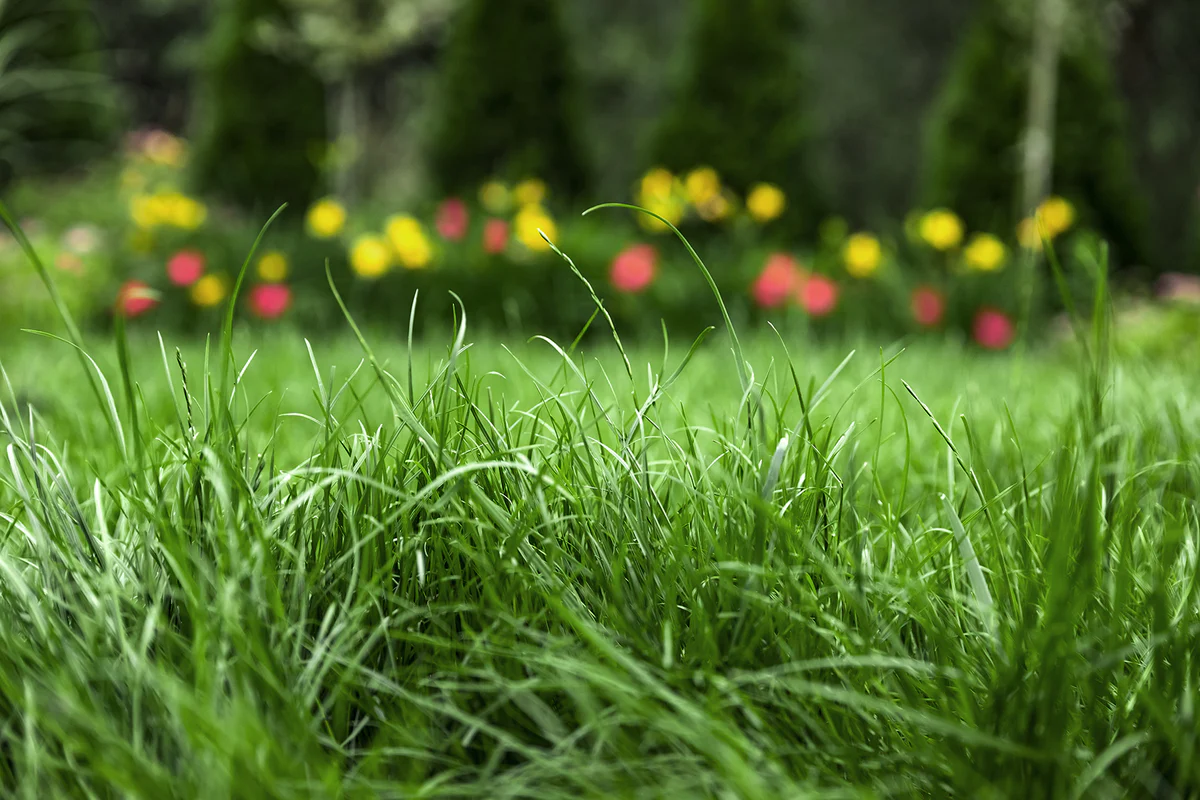
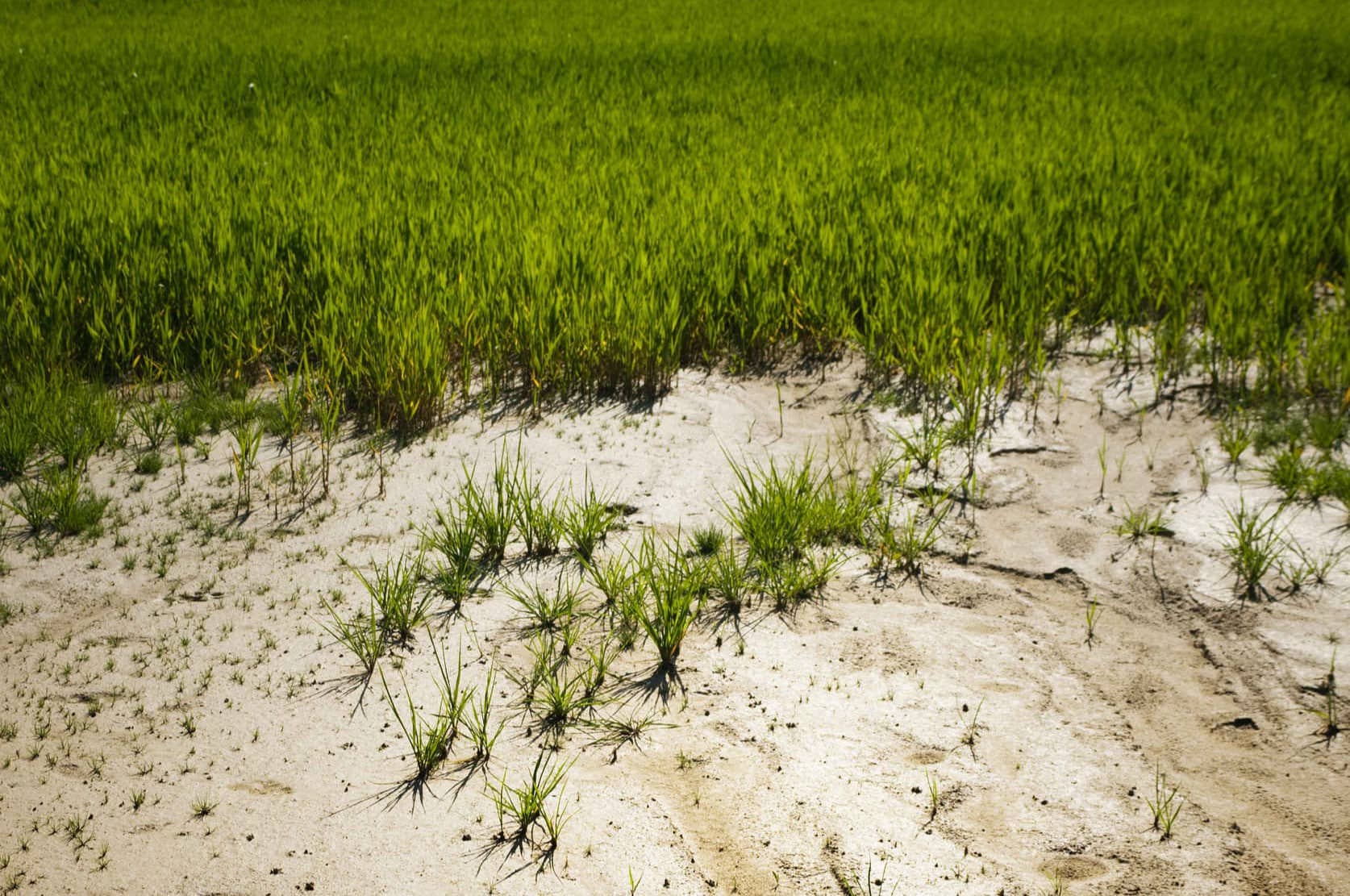
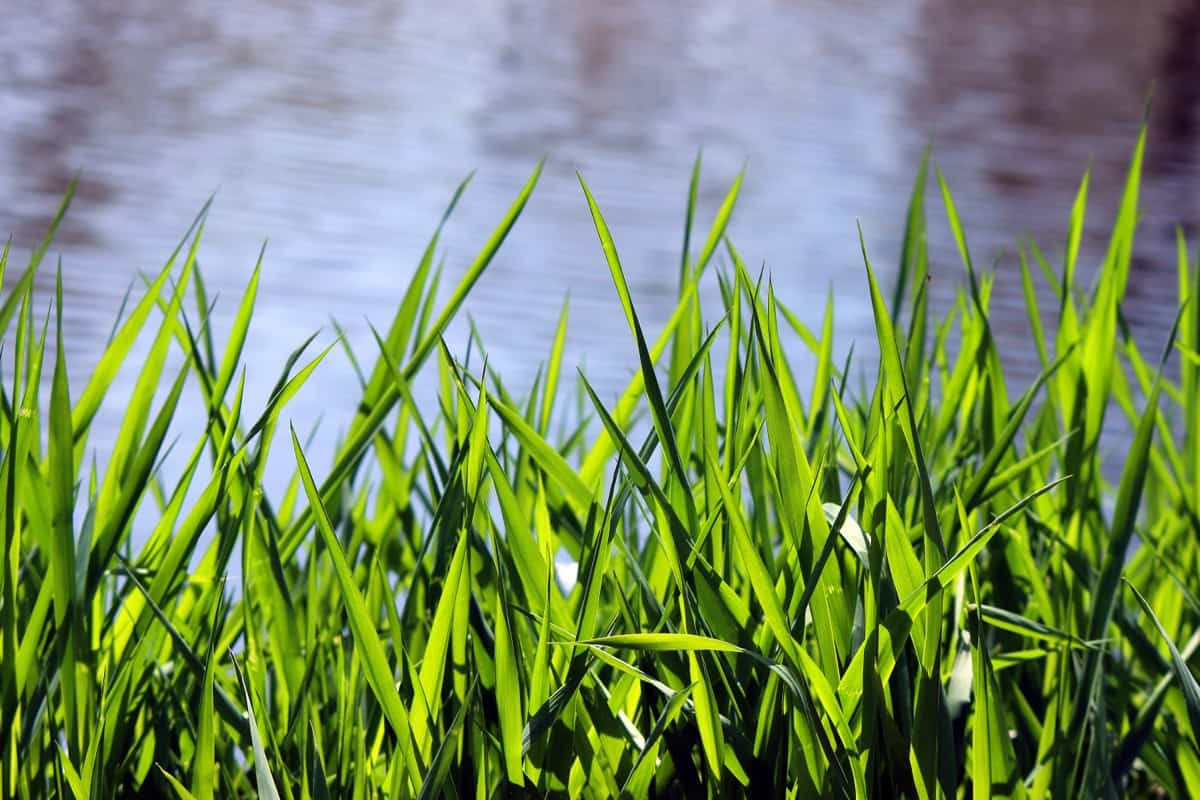
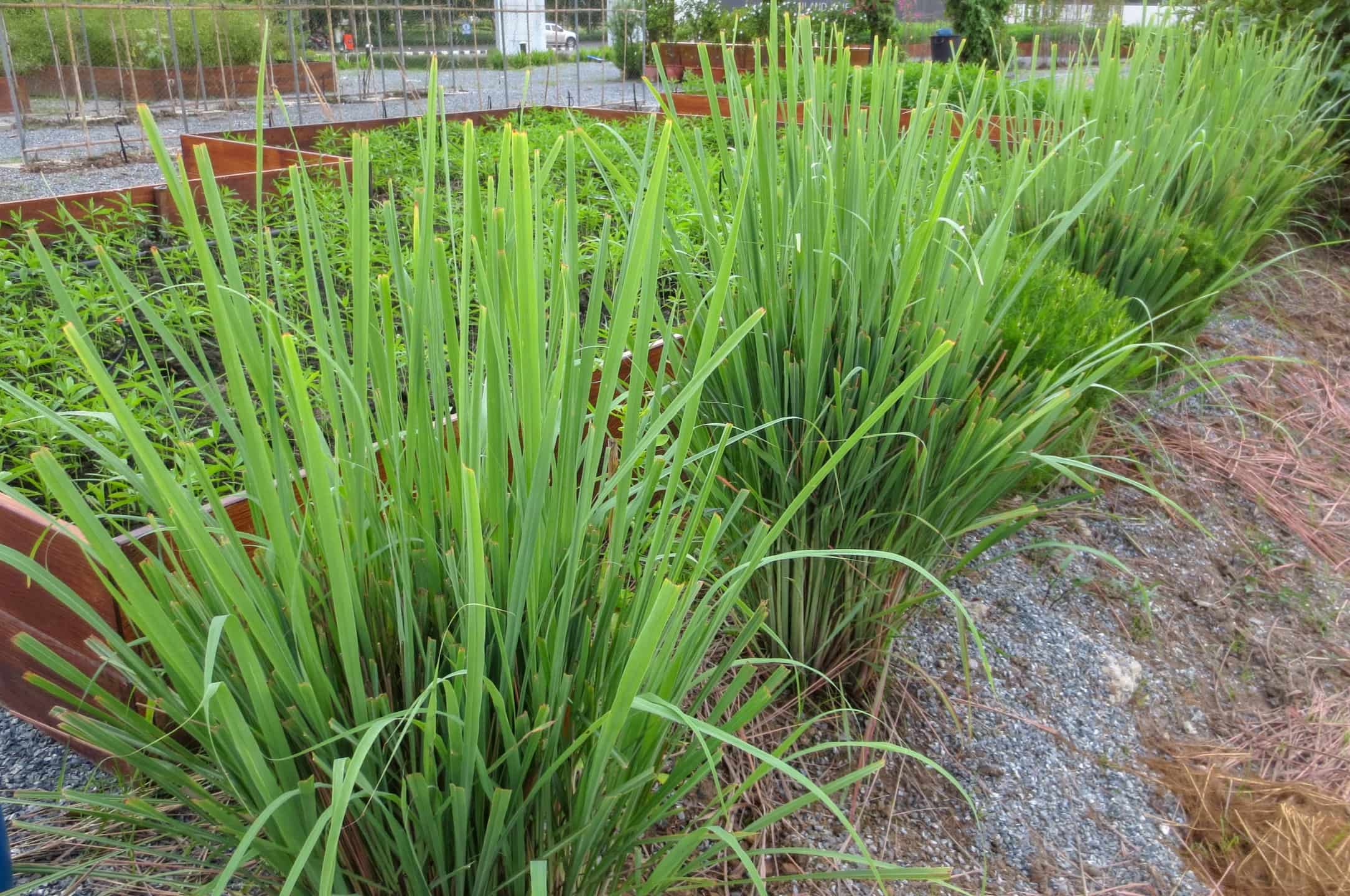
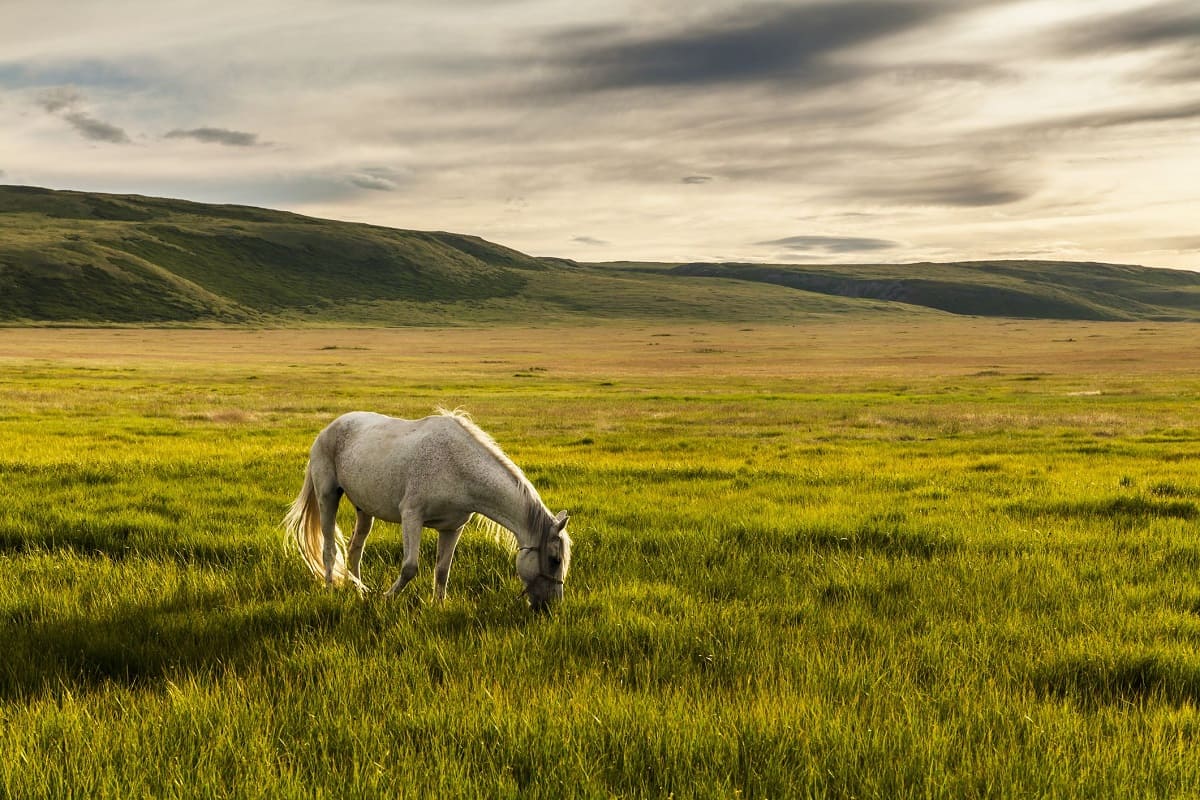
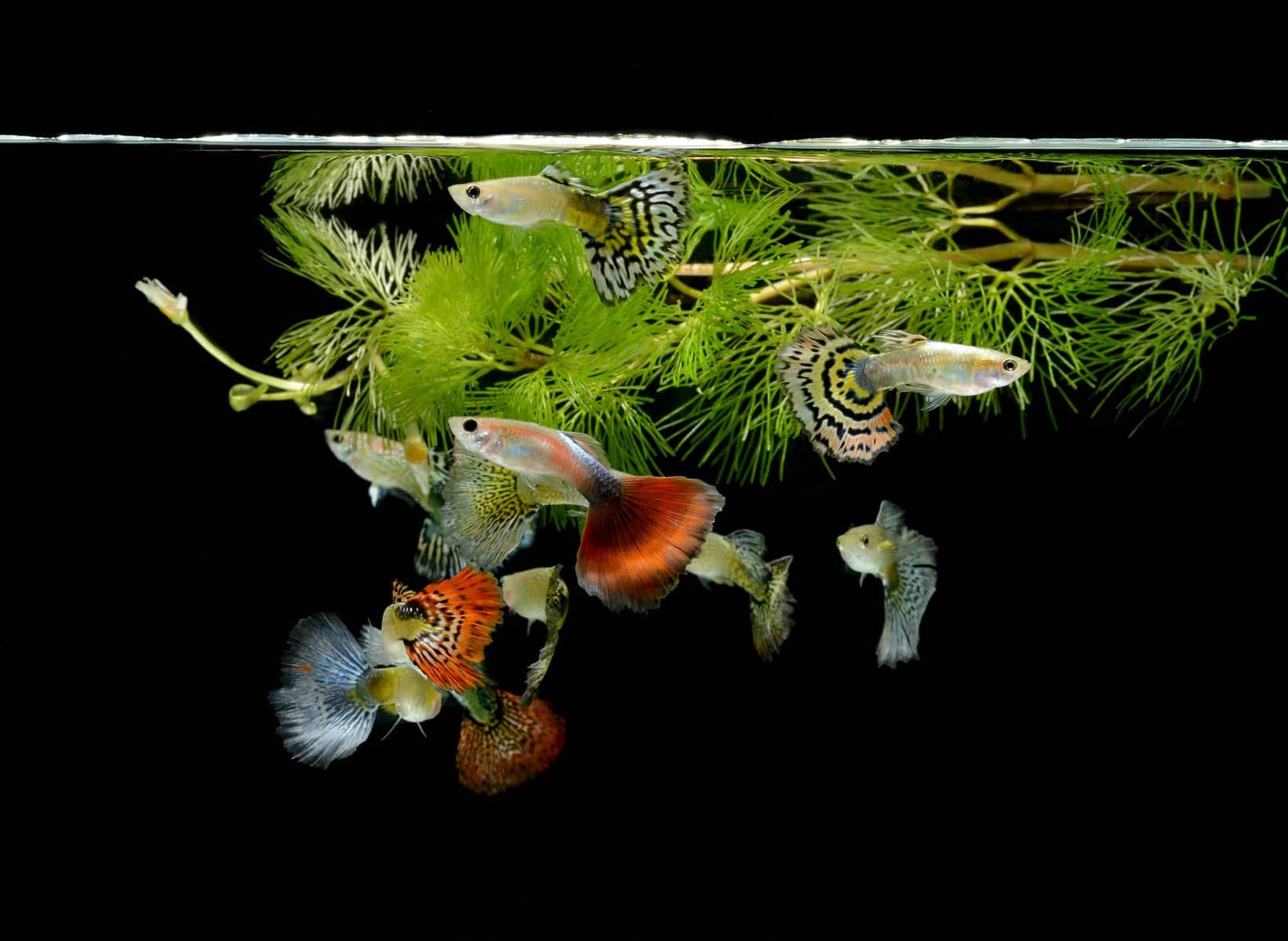

0 thoughts on “How To Plant Bahia Grass”